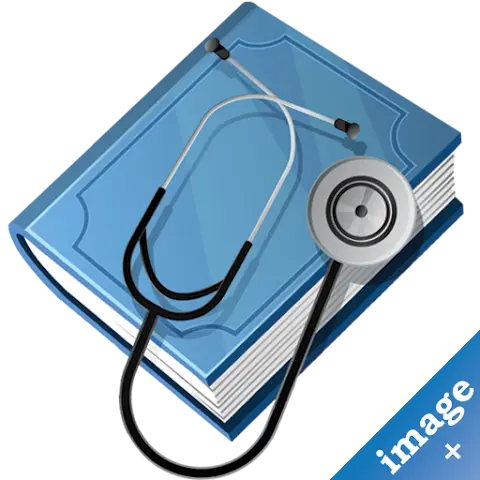Cold, common
The Common cold is a viral infection of your upper respiratory tract — your nose and throat. A Common cold is usually harmless, although it may not feel that way at the time. If it's not a runny nose, Sore throat and cough, it's the watery eyes, sneezing and congestion — or maybe all of the above. In fact, because any one of more than 100 viruses can cause a Common cold, signs and symptoms tend to vary greatly.
Preschool children are at greatest risk of frequent colds, but even healthy adults can expect to have a few colds each year. Most people recover from a Common cold in about a week or two. If symptoms don't improve, see your doctor.
SYMPTOMS
Symptoms of a Common cold usually appear about one to three days after exposure to a cold-causing virus. Signs and symptoms of a Common cold may include:
- Runny or stuffy nose
- Itchy or Sore throat
- Cough
- Congestion
- Slight body aches or a mild headache
- Sneezing
- Watery eyes
- Low-grade Fever
- Mild fatigue
The discharge from your nose may become thicker and yellow or green in color as a Common cold runs its course. What makes a cold different from other viral infections is that you generally won't have a high Fever. You're also unlikely to experience significant fatigue from a Common cold.
WHEN TO SEE A DOCTOR
For adults — seek medical attention if you have:
- Fever of 103 F (39.4 C) or higher
- Fever accompanied by sweating, chills and a cough with colored phlegm
- Significantly swollen glands
- Severe sinus pain
For children — in general, children are sicker with a Common cold than adults are and often develop complications, such as ear infections. Your child doesn't need to see the doctor for a routine Common cold. But seek medical attention right away if your child has any of the following signs or symptoms:
CAUSES
Although more than 100 viruses can cause a Common cold, the rhinovirus is the most common culprit, and it's highly contagious. A cold virus enters your body through your mouth, eyes or nose. The virus can spread through droplets in the air when someone who is sick coughs, sneezes or talks.
RISK FACTORS
Cold viruses are almost always present in the environment. But the following factors can increase your chances of getting a cold:
- Age
- Infants and preschool children are especially susceptible to Common colds because they haven't yet developed resistance to most of the viruses that cause them.
COMPLICATIONS
- Acute ear infection (Otitis media)
- Ear infection occurs when bacteria or viruses infiltrate the space behind the eardrum.
Preparing for Your Appointment
If you or your child has a cold, you're likely to start by seeing your family doctor, a general practitioner or your child's pediatrician.
TREATMENTs and Drugs
There's no cure for the Common cold. Antibiotics are of no use against cold viruses.
LIFESTYLE AND HOME REMEDIES
No vaccine has been developed for the Common cold, which can be caused by many different viruses. But you can take some common-sense precautions to slow the spread of cold viruses:
- Wash your hands.
- Scrub your stuff.
Alternative Medicine
In spite of ongoing studies, the scientific jury is still out on common alternative cold remedies such as vitamin C and echinacea.
QUESTIONS
- What causes the common cold?
The common cold is caused by various viruses, with rhinovirus being the most common culprit.
- What are some common symptoms of the common cold?
Symptoms include runny or stuffy nose, sore throat, cough, congestion, sneezing, watery eyes, low-grade fever, mild fatigue.
- When should adults seek medical attention for a common cold?
Adults should seek medical attention if they have fever of 103 F (39.4 C) or higher.
- Why are infants and preschool children more susceptible to catching a common cold?
They haven't yet developed resistance to most of the viruses that cause them.
- Are antibiotics effective in treating common colds?
No, antibiotics are not effective against viral infections like the common cold.
- How can one prevent spreading cold viruses?
By washing hands frequently and teaching proper hygiene practices.
- Is there any cure for the common cold?
There is no cure for the common cold; treatments focus on relieving symptoms.
- What complications can arise from a common cold?
Complications may include acute ear infections (otitis media) among others.
- Are decongestant nasal sprays safe for children?
No, children shouldn't use decongestant drops or sprays as they may cause side effects.
- Can alternative medicine like vitamin C help prevent or treat the common cold?
While vitamin C may not prevent average person from getting sick with a cold, it may help shorten duration if taken at onset of symptoms.
